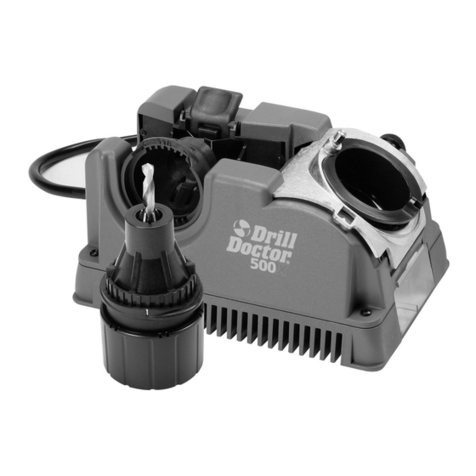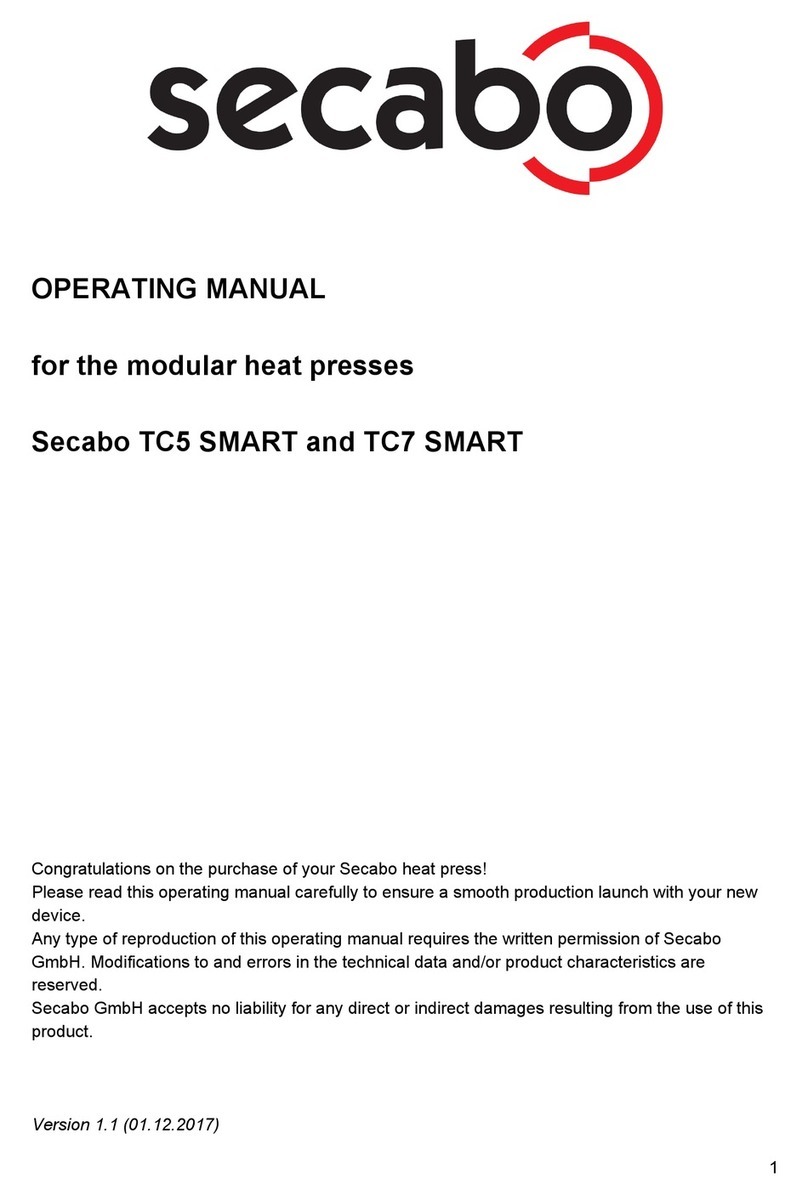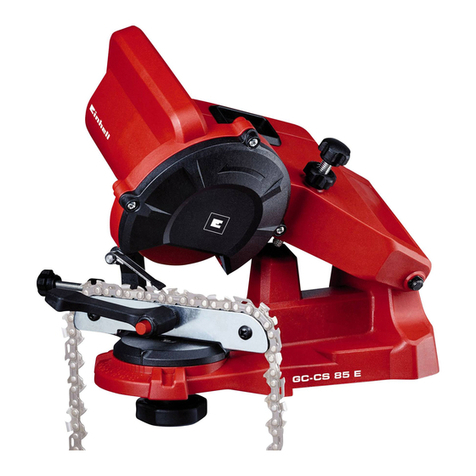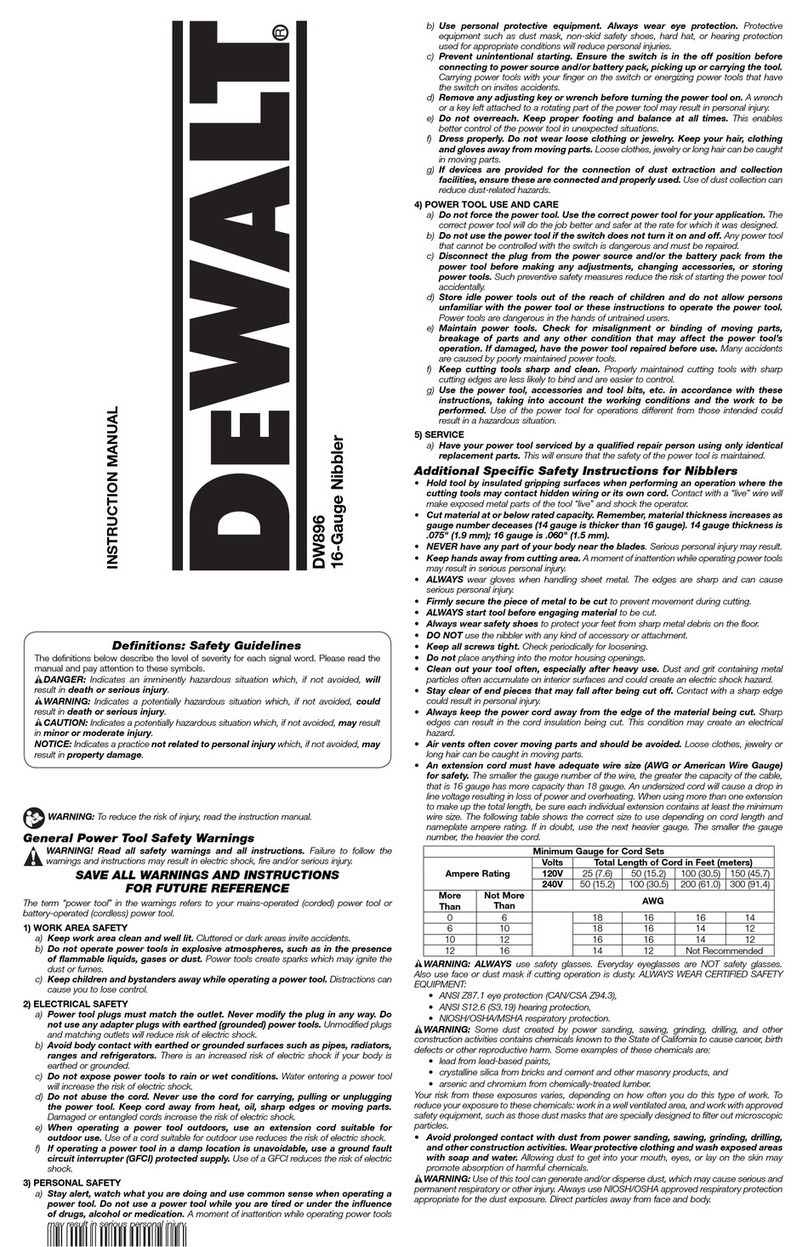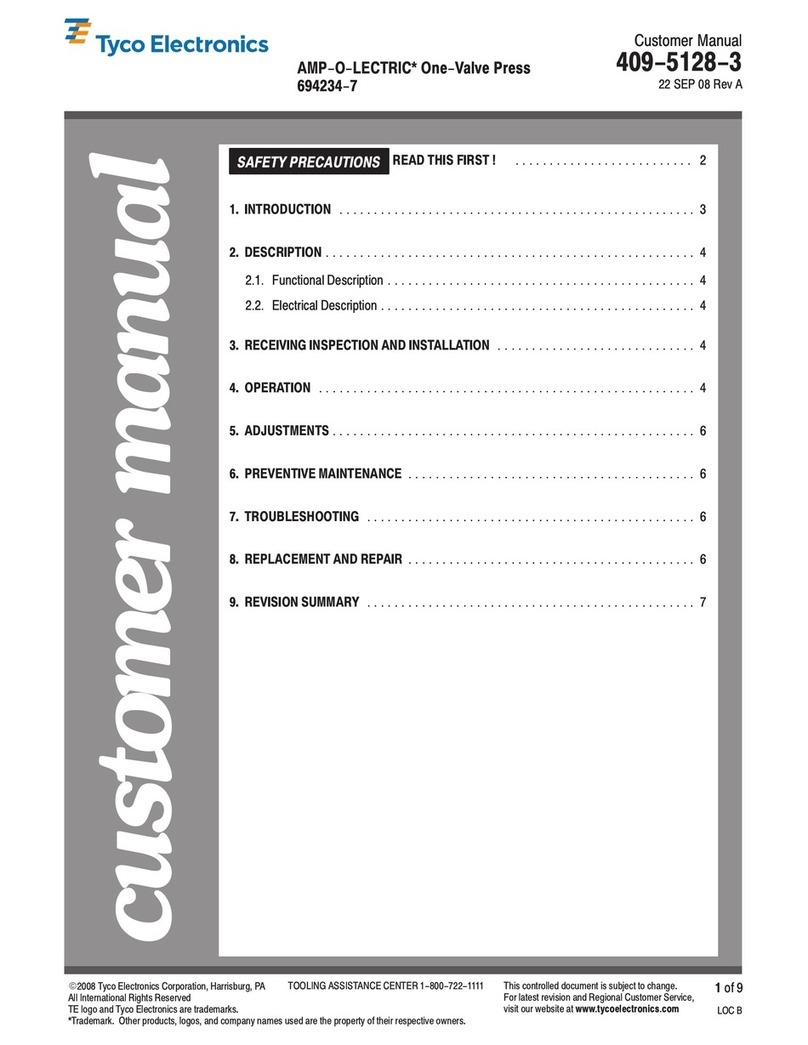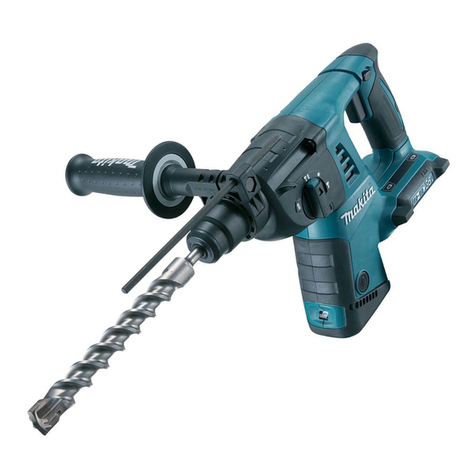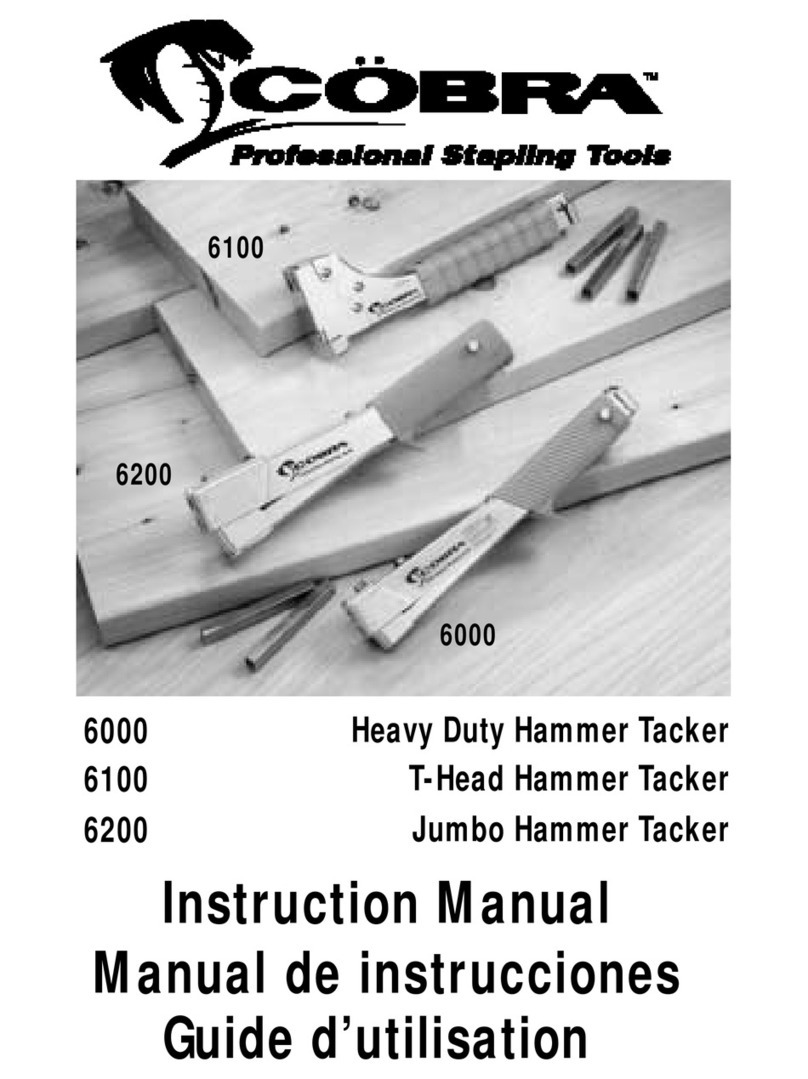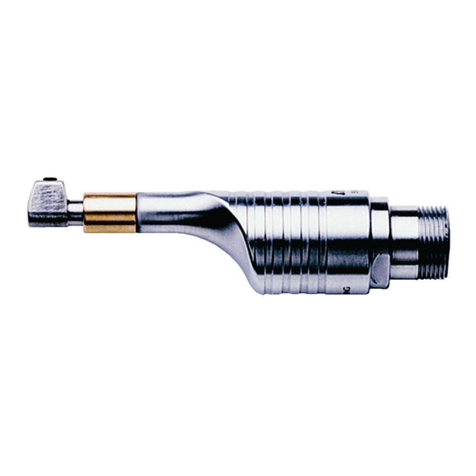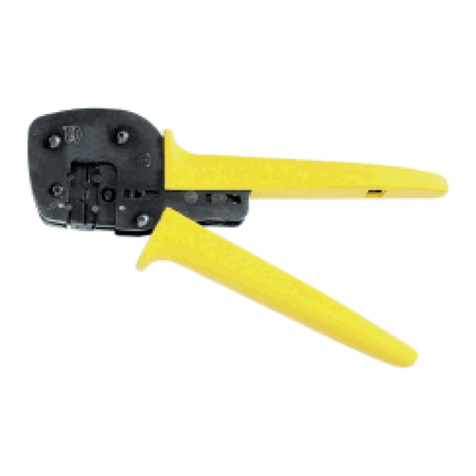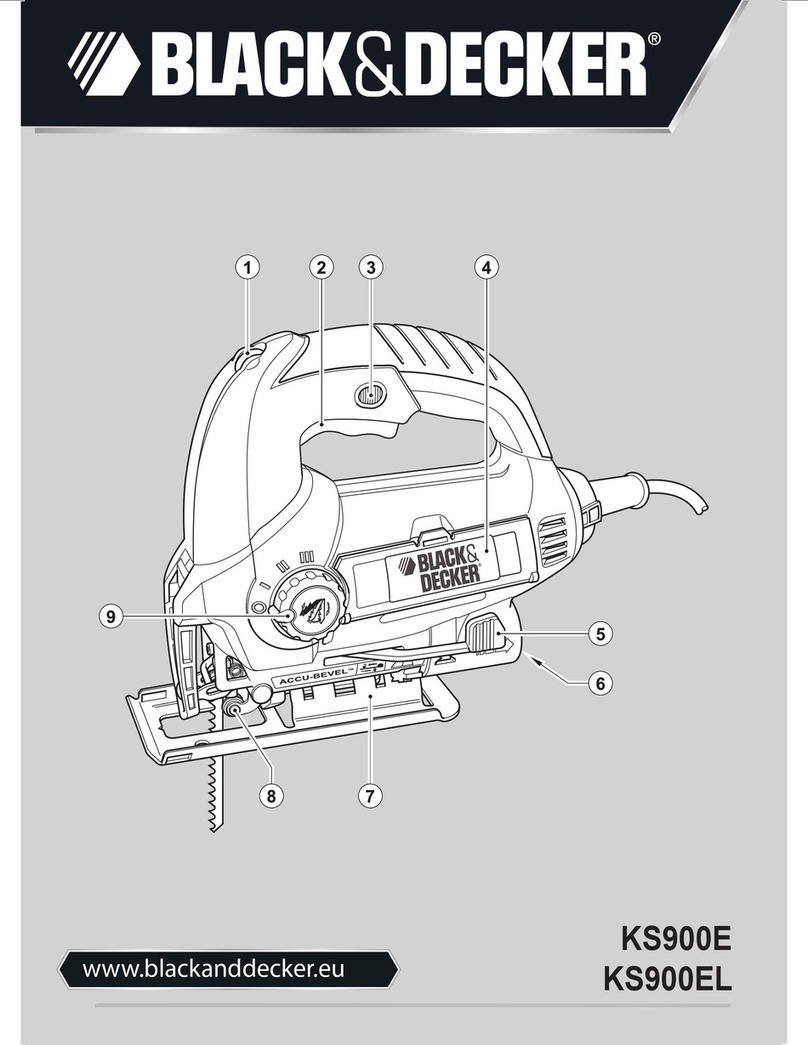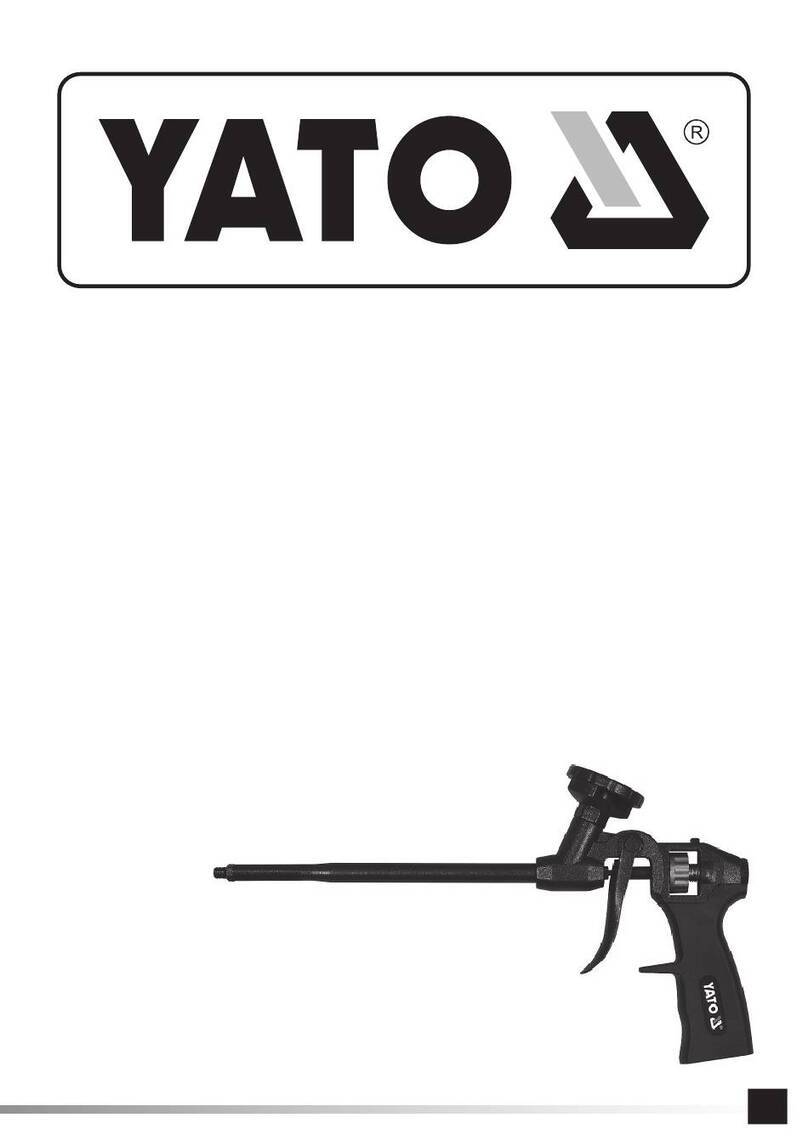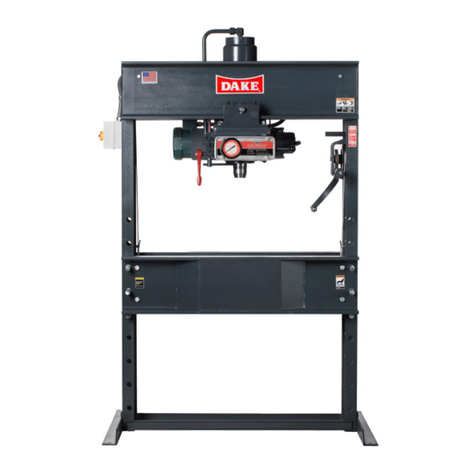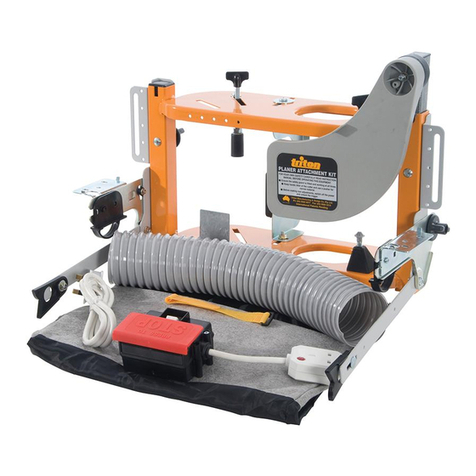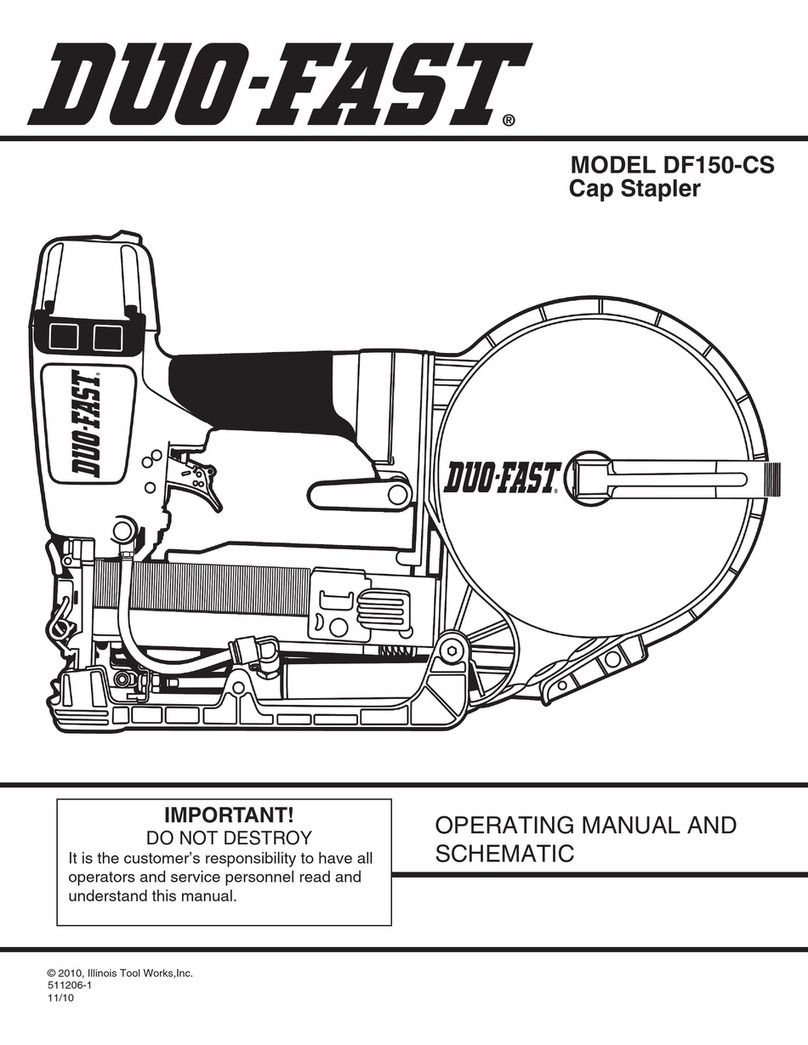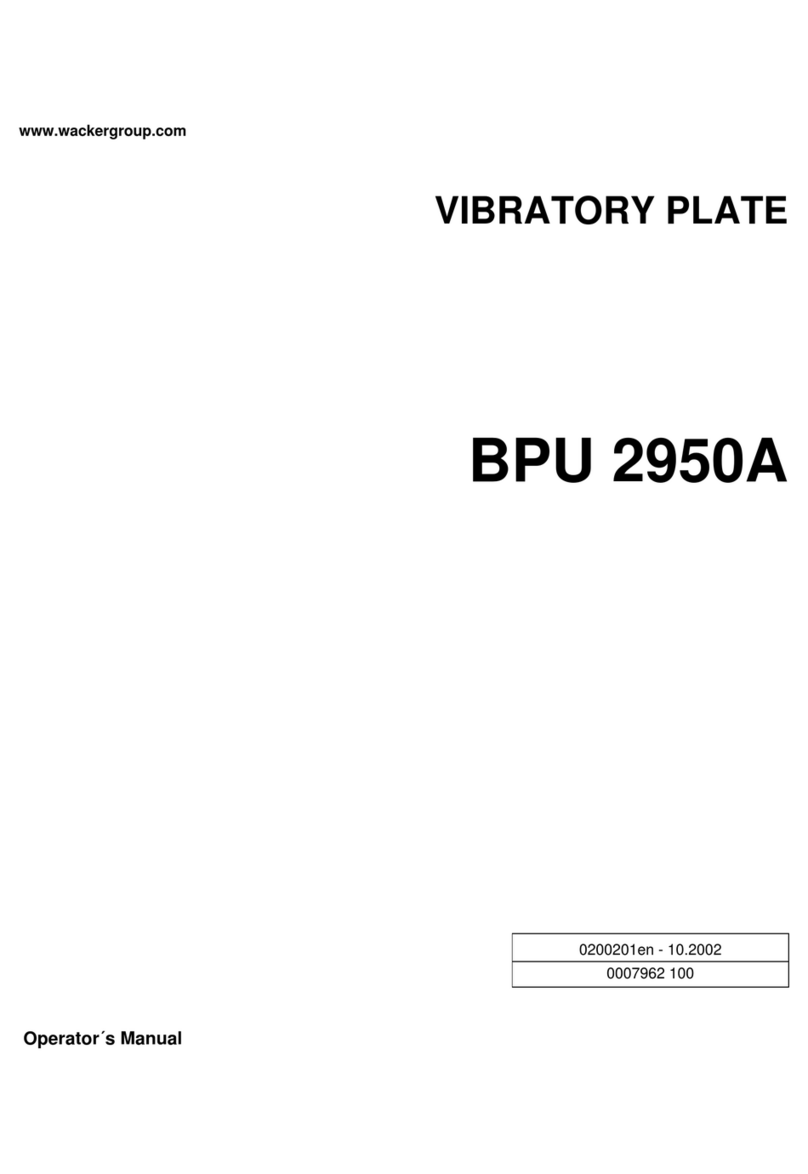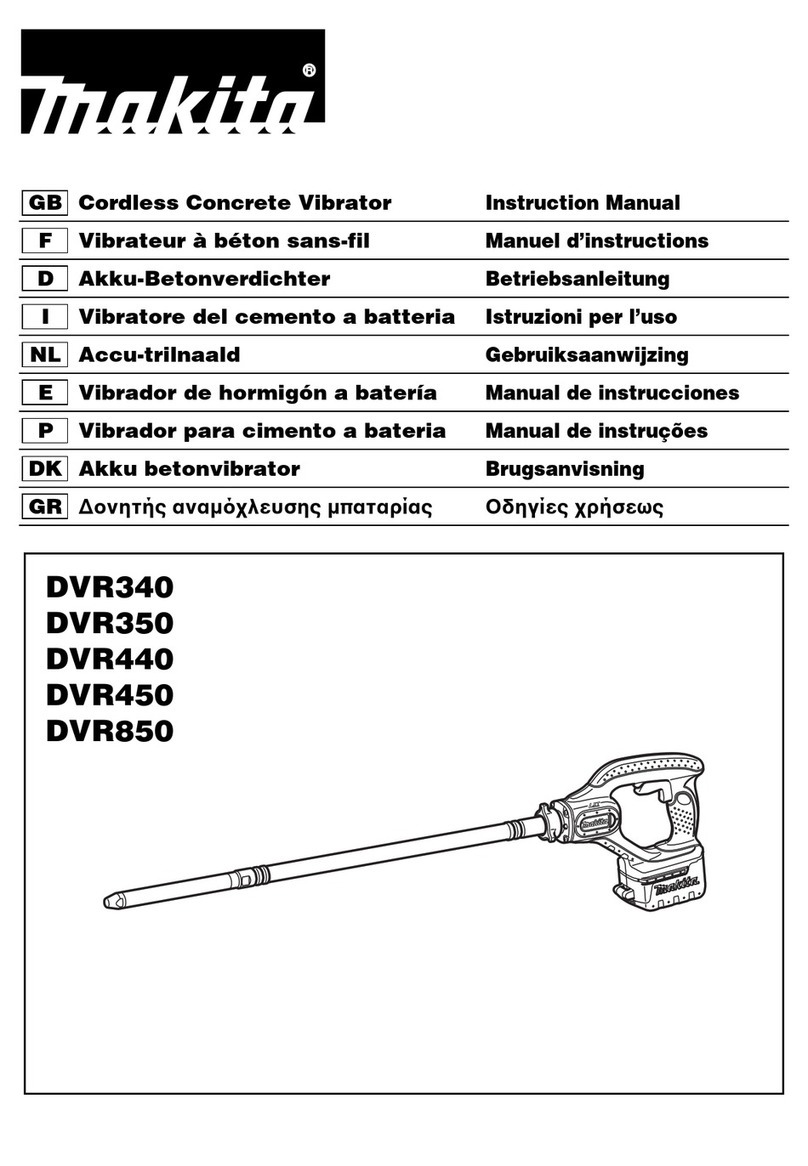Römheld 8.2202 Series User manual

BA_2200_EN_0810
1/7
Operating Manual
including installation and assembly instructions
for incomplete machines as per Machinery Directive 2006/42/EC
Clamping- block Type: 8.2202.xxxx
Sliding- clamp 8.2203.xxxx
8.2204.xxxx
8.2205.xxxx
Hilma-Römheld GmbH
Schützenstraße 74
57271 Hilchenbach
Tel: 02733/281-0
Fax: 02733/281-169
E-Mail: info@hilma.de
www.hilma.de
08/ 2010 Printet in Germany subjekt to alteration

O P E R A T I N G M A N U AL
BA_2200_EN_0810
2/7
Table of contents
1.0 General information. safety information and manufacturer's declaration
1.1 General
1.2 Field of application
1.3 Operating characteristics
1.4 Temperatures
1.5 Important safety information
1.6 Manufacturer's declaration
2.0 Design and function
2.1 Clamping block type 8.220x.1301
2.2 Sliding Clamp type 8.220x.2x50
3.0 Technical data, Main dimensions
4.0 Installation, connection and putting into operation
4.1 Installation
4.2 Hydraulic installation
4.3 Putting into operation
5.0 Trouble shooting
6.0 Maintenance and repair
7.0 Technical appendix
7.1 Lists of spare parts
8.0 Declaration of incorporation
Please read the operating manual before installing the hollow piston cylinders and
putting them into operation for the first time!
1 Safety information
1.1 General
The safety of Hilma-Römheld Clamping blocks and Sliding clamps has been thoroughly checked. They are
designed for use as specified in the technical data. If the technical data is not observed, there may be a
danger to the operator and proper functioning of the machine may be put at risk. Unauthorised modification
or alteration of Hilma-Römheld Clamping blocks and Sliding clamps is prohibited for reasons of safety. If this
instruction is not observed, our guarantee will be invalid.
1.2 Field of application
Hilma-Römheld Clamping elements are designed for a large number of clamping applications, in connection
with screws or T-slot adapters. Hilma Clamping blocks and Sliding clamps type 220x- are particularly suited
for the clamping of dies on presses when standardised dies with a standardised clamping hight are used.
1.3 Operating characteristics
The load values specified for Hilma Römheld clamping elements must not be exceeded (see data sheets
in the appendix).
Attention: Overloading the hollow piston cylinders may lead to failure of the elements or to their
destruction.
1.5 Important safety information
-Depending on the installation, there may be pinch hazard between the hollow piston cylinder and the
clamping point

O P E R A T I N G M A N U AL
BA_2200_EN_0810
3/7
-Keep hands and tools away from the clamping range when operating the hollow piston cylinders.
Attention:
Before putting the hollow piston cylinders into operation, the operator must be fully trained.
Young people less than 16 years old are not allowed to operate the clamps. Staff aged over 16 years are
allowed to operate the clamps under supervision as part of their apprenticeship. The operating instructions
must be readily accessible. The operator must inform third parties of any danger in the working area.
1.6 Manufacturer's declaration
Hilma- Römheld Clampin bars have been developed, designed and manufactured in accordance with the
EC Directive 'Machinery' 2006. The complete text of the manufacturer's declaration will be made available
on request.
2 Aufbau und Funktion
2.1 Clamping bars type 2200
Clamping bars of the 2200 series are single-acting
with spring return, i.e. hydraulic pressure is
applied to the pistons for clamping. For
unclamping, the pistons are moved back to
their initial positions using integral pull-back
springs. The return force is designed to overcome
a min. dynamic pressure of 2 bars.
The spring chamber is ventilated through a drill
hole with a filter plug. Application conditions such
as much cooling liquid, cooling lubricants or other
liquids may call for measures in order to ensure
that the clamping bar does not fetch dirt or liquid
through the ventilation holes.
If the clamping bar is equipped with an integral
pilot-controlled check valve, such check valve
must be pressurized for unclamping (Z port).
The stroke limitation is fully usable for all types of
clamping bar.
2.2 Clamping bar, double-acting (special design)
For clamping, pressure is applied to port A (the piston
extends). For unclamping, pressure is applied to port B
(piston retracts).
The use of double-acting clamping bars is
recommended for automated processes, short cycles,
long hydraulic lines etc., in order to enable shorter
resetting times than are achieved by way of spring
return.
3 Technical data, Main dimensions

O P E R A T I N G M A N U AL
BA_2200_EN_0810
4/7
Clamping bars
Clamping force depending on type 19 -78 kN
Total stroke depending on type 6 - 12 mm
Operating pressure 400 bar
Clamping stroke depending on clamping edge design
Max. temperature (standard) 100°C
Max. temperature (special) 250°C
The technical data and the dimensions of the different types are quoted in the attached data sheets.
4 Installation, connection and putting into operation
4.1 Storage and transport
During transportation, clamping elements must be protected against mechanical damage. For medium term
storage, they should be kept in a closed dry space. Even for short-time storage in the open air they should
be protected against harmful environmental influences .
4.2 Installation
- Installation work must only be carried out when the system is in an unpressurised condition.
- Prepare the bore pattern according to the drawing / data sheet in the catalogue.
4.3 Hydraulic installation
The hydraulic pipework on the machine side must be of sufficient size (8x2 DIN 2391-St35 NBK or larger). It
must be installed in accordance with the specifications (DIN EN 982) and must conform with up-to-date
practice for high-pressure hydraulics. Pipes should be as short as possible. For single acting cylinders with a
spring return, the maximum length should be 5 m, for double acting cylinders longer pipes may be used.
Pipe bends should have a large radius. Neat installation is essential for trouble-free operation of the system.
Make sure that the pipe ends are free from burrs and that pipes, high-pressure hoses and screw fittings are
cleaned and blown through. Protective plugs should only be removed immediately before connecting the
hydraulic system.
When using hoses, keep the minimum bending radius.
4.4 Putting into operation
Read the operating manual before putting the cylinders into operation for the first time!
- Provide the pressure generator with a pressure relief valve suitable for the operating pressure.
- Secure the working area.
- Only use clean, fresh oil.
- Bleed the complete system at the highest point or directly at the port of the clamping element at low
pressure (20bar ), in order to eliminate any bubbles.
- Apply pressure to the element and clamp and unclamp it several times, check by visual inspection.
- Check the hydraulic system for tightness by visual inspection of the pipes and hoses, screw fittings and
clamping elements while pressure is applied.
ATTENTION:
During clamping and unclamping, keep your hands and tools away from the clamping zone
RISK OF INJURY!
Controls:
In the case of all clamping elements, the time provided in the control sequence between the different

O P E R A T I N G M A N U AL
BA_2200_EN_0810
5/7
movements must be sufficiently long (t>3s), in order to allow all functions to run smoothly.
Depending on the design of the hydraulic system of the machine (pipe cross sections, hose lengths, pump
position and delivery, etc.) the time may vary. It may be necessary to increase or decrease the quoted
values, depending on the system parameters.
Due to friction in pipes, screw fittings, valves etc. a hydraulic pressure of between 1 and 2 bar is required .
The spring restoration force of single-acting cylinders is designed so that a dynamic pressure of 2 bar is
overcome.
5 Trouble shooting
The Clamping bar has left our premises in perfect condition. All functions have been tested, and
necessary adjustments have been made.
If any malfunction should occur even though the information contained in chapter 4.0 (Installation
and connection) has been duly observed, check once again the hydraulic installation and the
software. If no cause can be found for the malfunction, please contact the manufacturer:
Failure Possible cause Remedial action
Clamp does not clamp
or unclamp
-Hydraulic supply interrupted /
incorrect.
-Hydraulic system not bled.
-Working pressure incorrect.
-Pump unit does not work or is not
in operation.
Check hydraulic pipes and hose
connections up to the pump unit.
Check for correct connection
(clamping/unclamping). Bleed
hydraulic system. Correct working
pressure.
During unclamping,
piston does not move
to the initial position
- Incorrect installation of hydraulic
system
Cross sections of hydraulic pipes and
hoses too small, dynamic pressure in
pipes and hoses too high
Use pipes and hoses with larger
diameter.
Use hydraulic oils with less viscosity
6 Maintenance and repair
Under normal conditions, hollow piston cylinders do not need special maintenance. However, a visual check
of the hollow piston cylinders and any hoses used should be carried out once a week.
In the case of frequent clamping cycles or in a dirty environment along with high temperatures, the
checking frequency should be increased.
Hydraulic valves are very sensitive to dirt. Make sure that no impurities get into the hydraulic fluid. We
recommend that the oil is changed once a year.
When carrying out routine maintenance work on the press:
- inspect the hydraulic system
- check the hydraulic system for tightness.
Note: The hydraulic system is designed to DIN EN 982 "Safety-related requirements on hydraulic systems and
their components".
For the list of spare parts and installation drawings, please refer to chapter 7 (Technical appendix).
After replacing a clamping element, move the new element several times in order to bleed the system
through the pump unit (the same applies if hydraulic connections have been disconnected).
7 Technical appendix, list of spare parts

O P E R A T I N G M A N U AL
BA_2200_EN_0810
6/7
When ordering spare parts, please indicate the type number engraved on the cylinder, the number and the
designation of the component which are specified in the spare parts lists.
Sparepartlist Clamping block 2200-
Pos Indication
010 Housing
020 Piston
030 Bush
060 Spring
080 Ring
090 O-Ring
100 Seal

O P E R A T I N G M A N U AL
BA_2200_EN_0810
7/7
Declaration of incorporation
as per
Machinery Directive EC-RL 2006/42/EC
dated June 9, 2006.
We, Hilma- Römheld
Schützenstrasse 74
57271 Hilchenbach, declare, that the incomplete machine and its variants:
Clamping block, Sliding clamp
Type 8.2202.xxxx
8.2203.xxxx
8.2204.xxxx
8.2205.xxxx
as supplied by us has been specifically designed for incorporation into a machine, taking full account of DIN-EN
294. The documentation has been prepared in conformity with appendix VII B. If required, the national authority may
receive the documentation as a hard copy by post or by e-mail as a PDF format file. The machine into which the
parts are to be integrated must only be put into operation after the conformity of the machine with the above EC
directive has been demonstrated.
The design of our products is in accordance with DIN EN 982, DIN 24346 and EN 60204-1.
Responsible for the document:
Thomas Willingshofer
Schützenstraße 74
D-57271 Hilchenbach
Hilchenbach August 19, 2010
H.- J. Molka
Managing Director
This manual suits for next models
3
Table of contents
